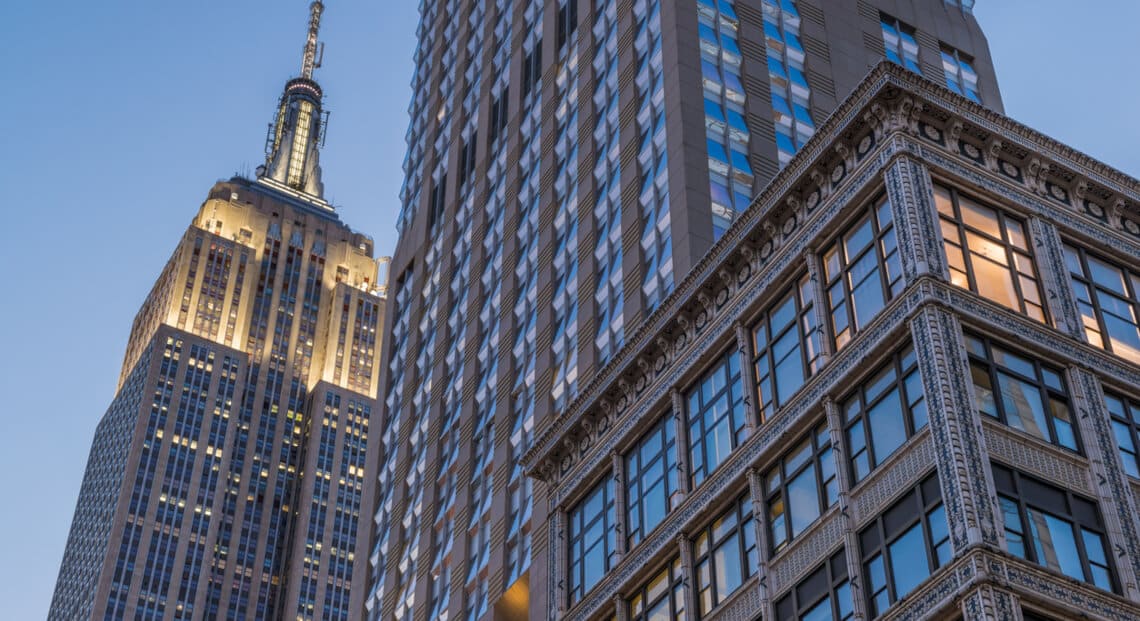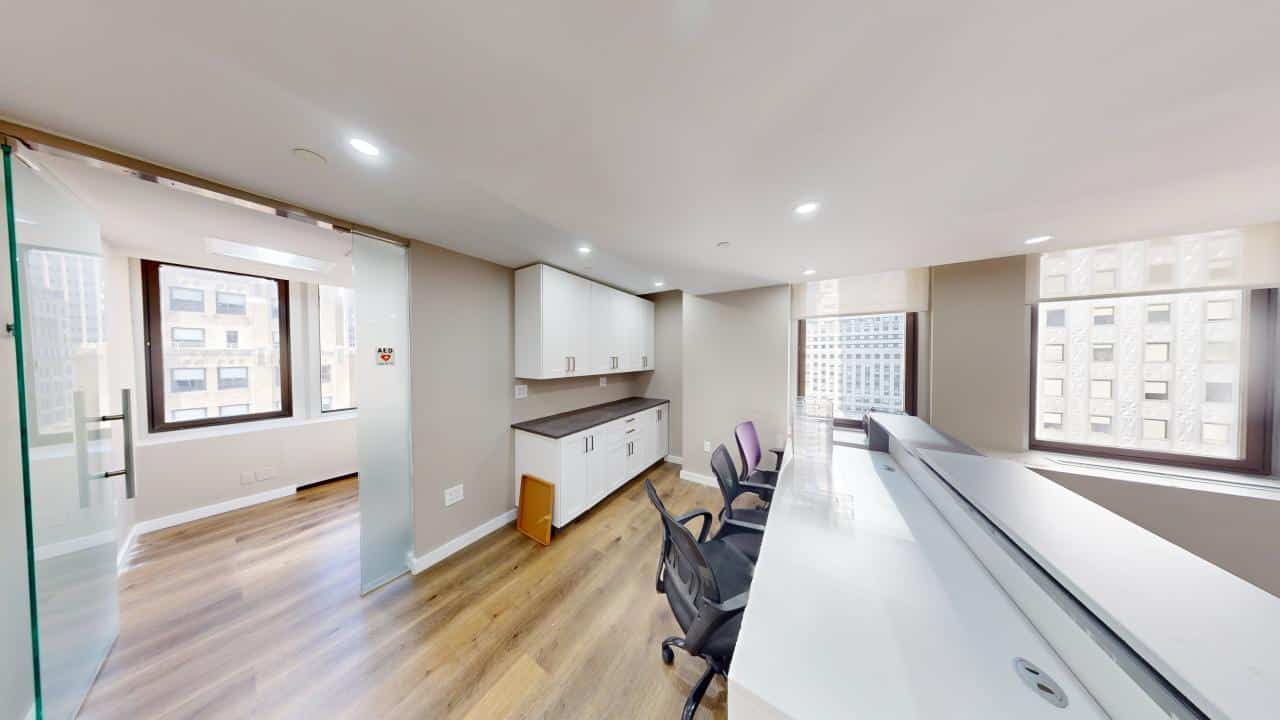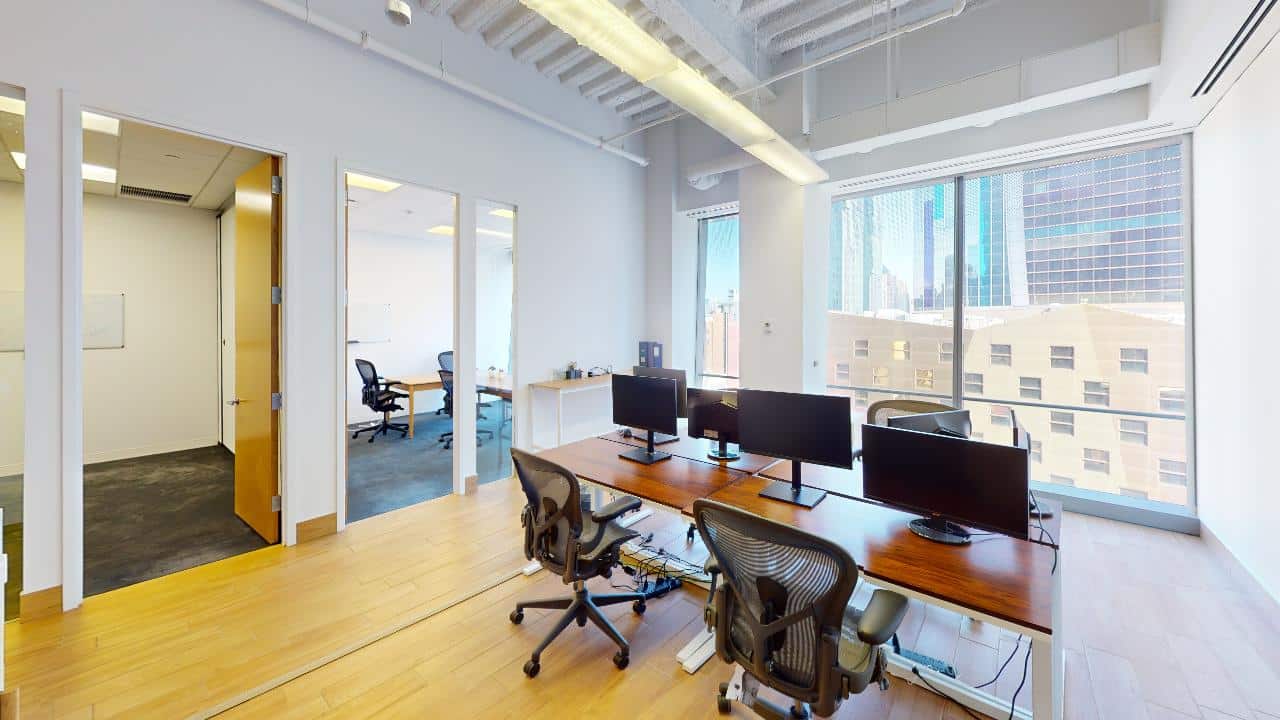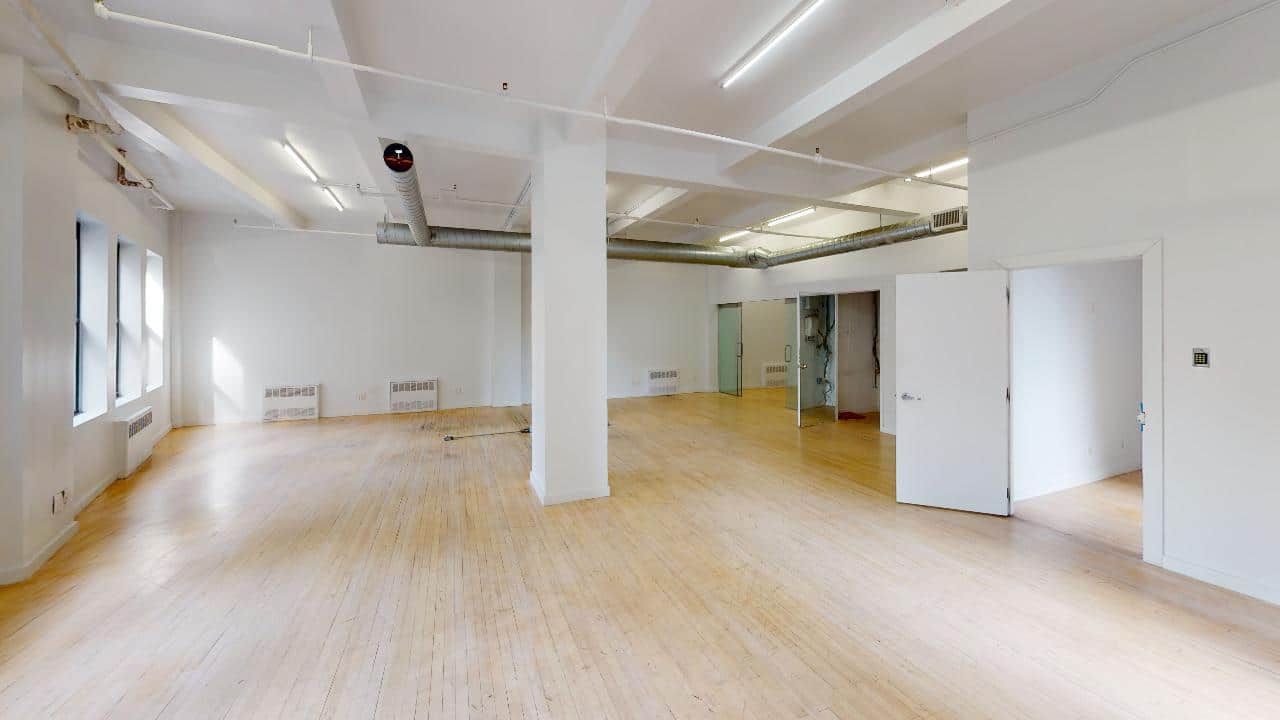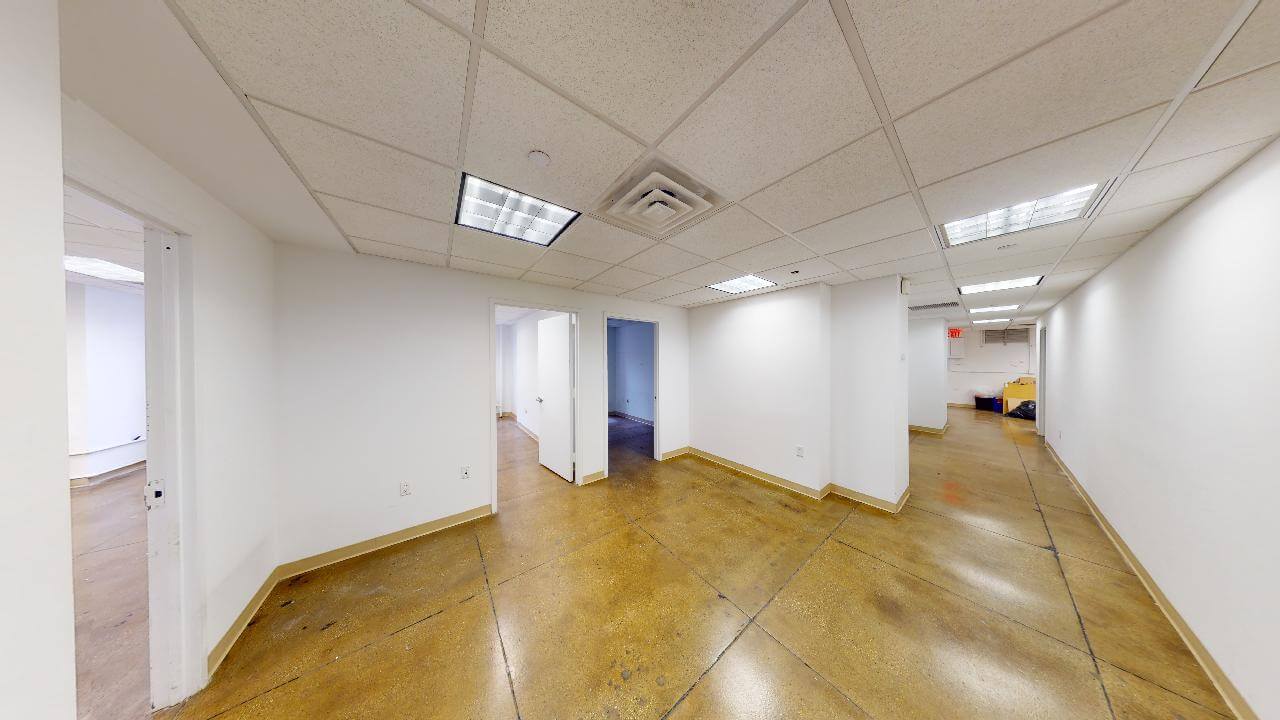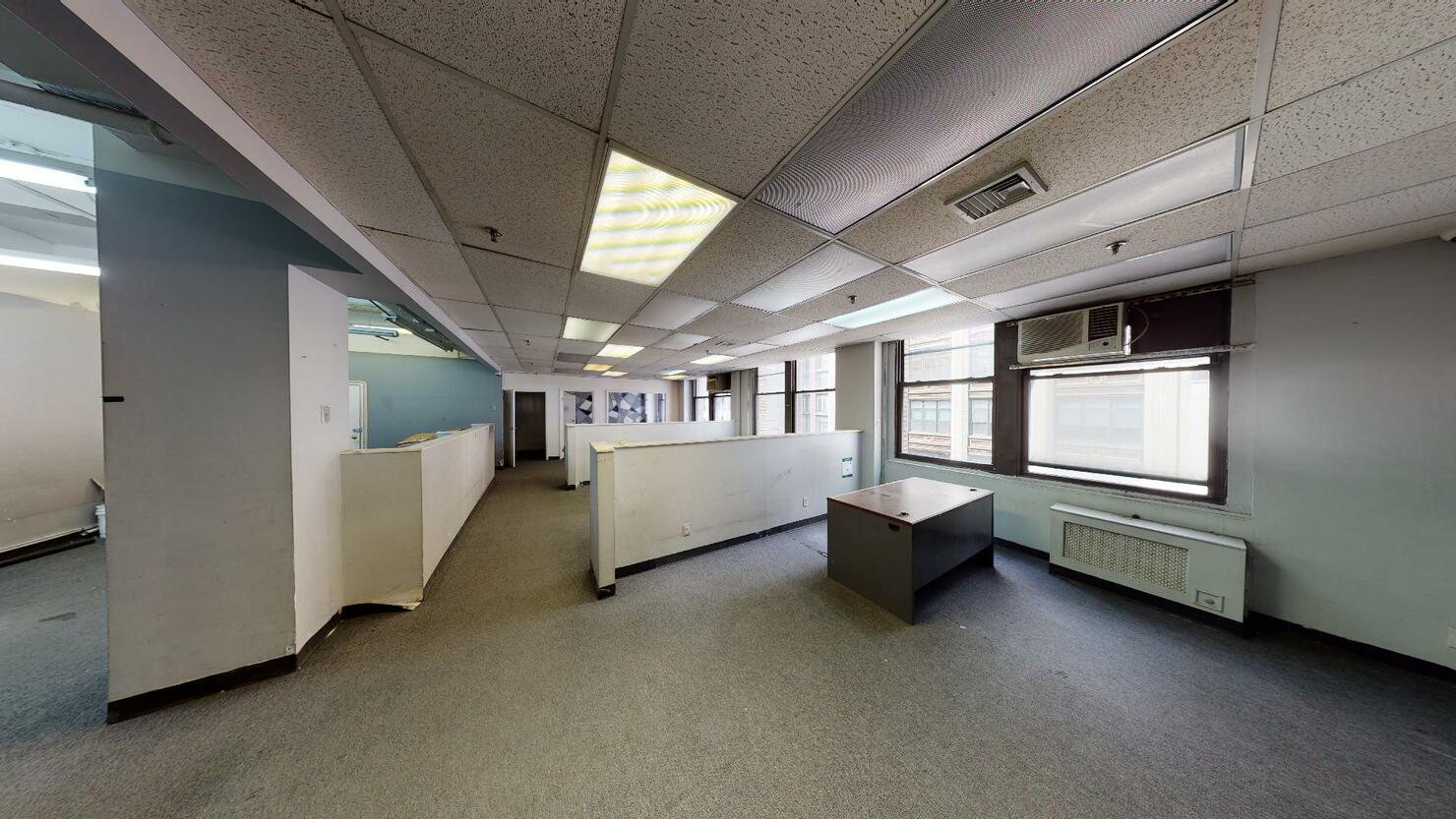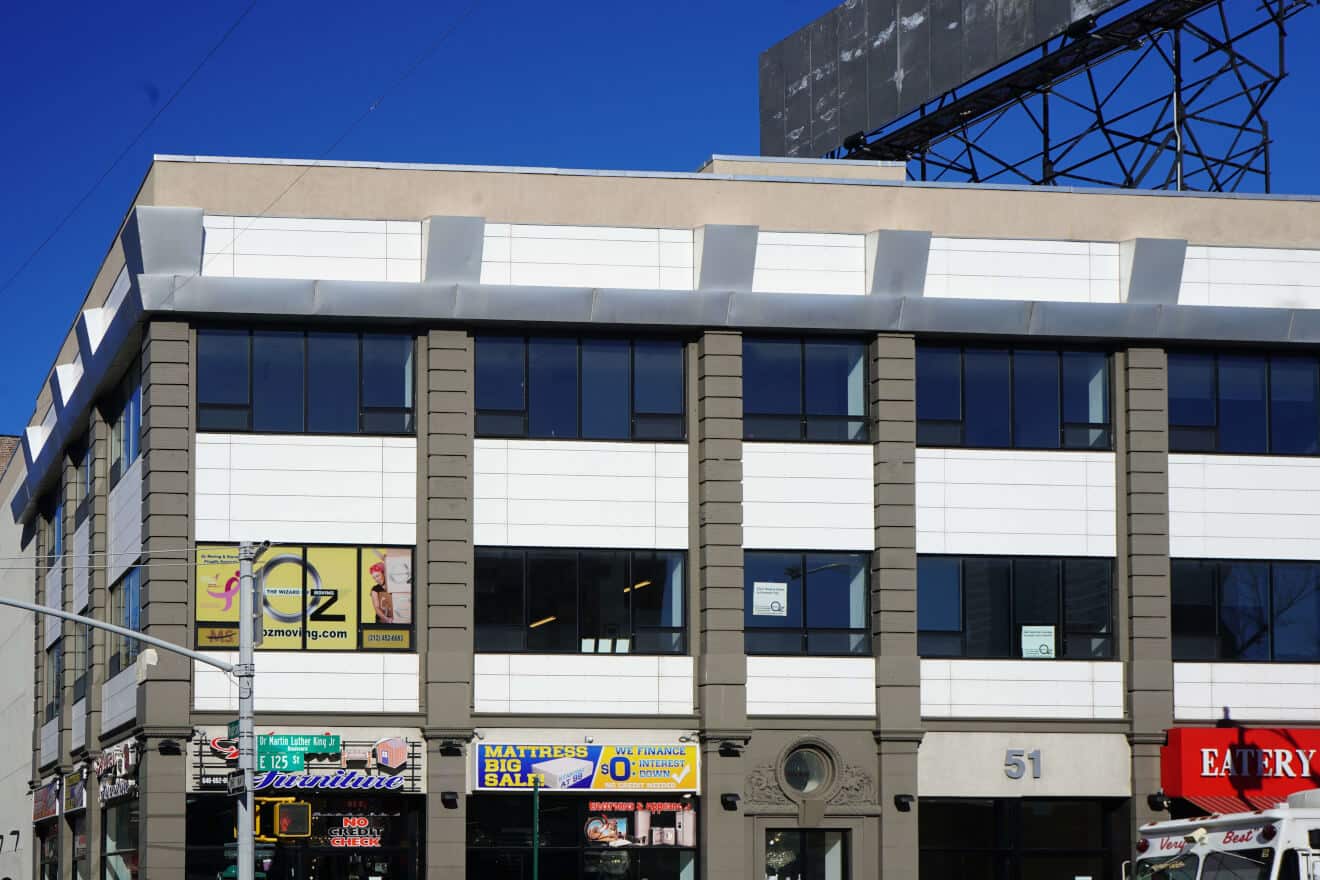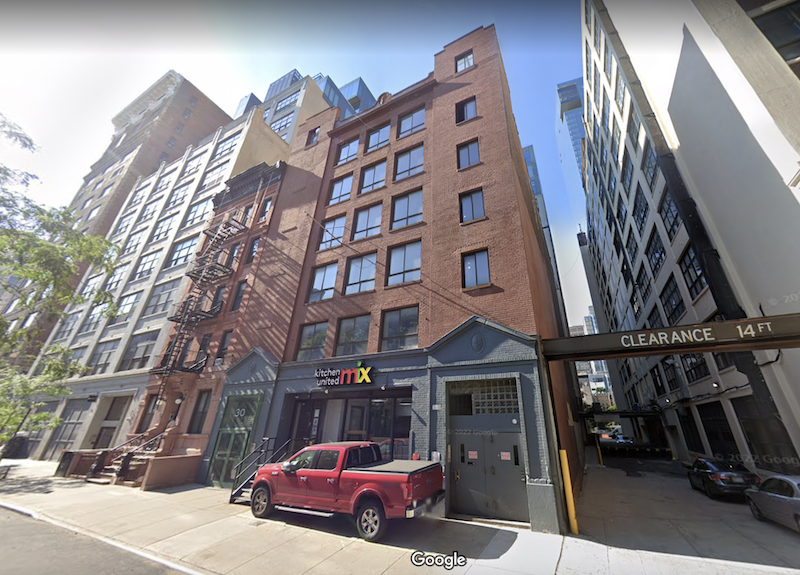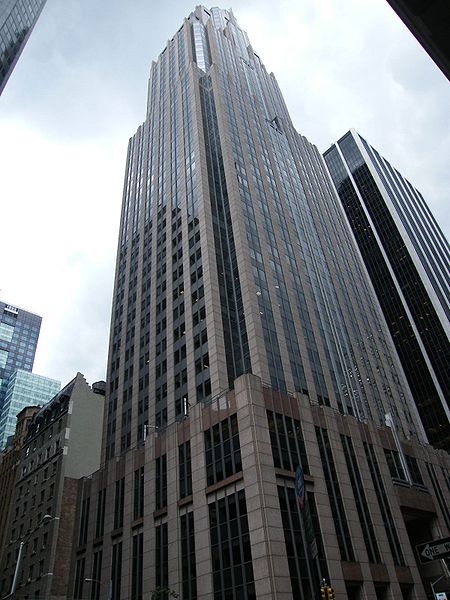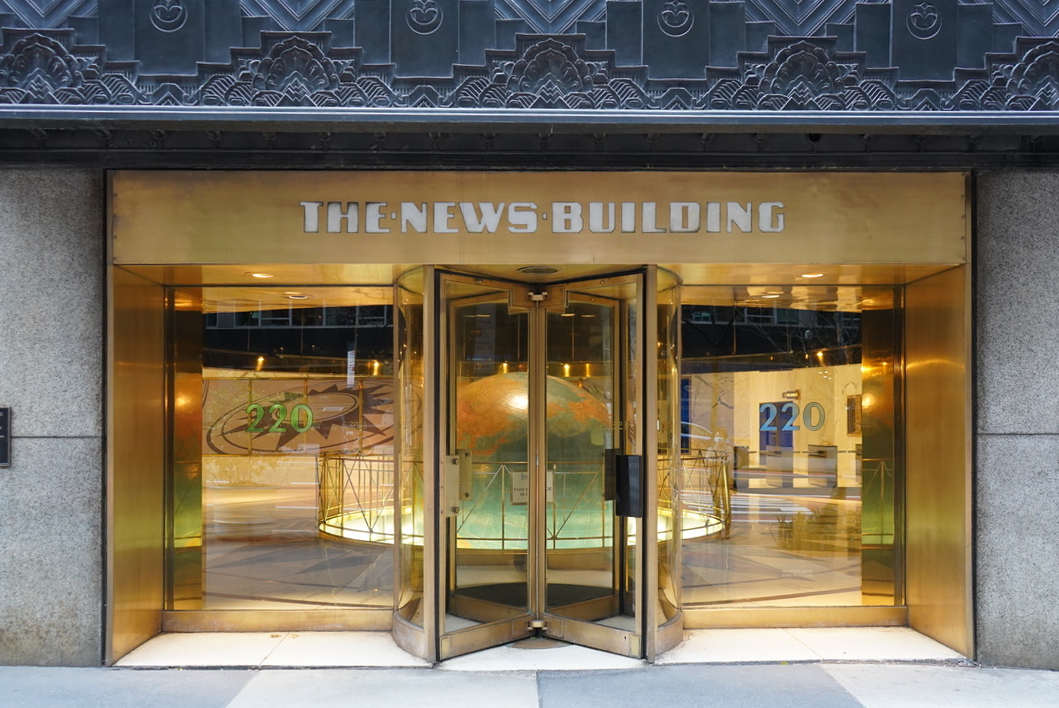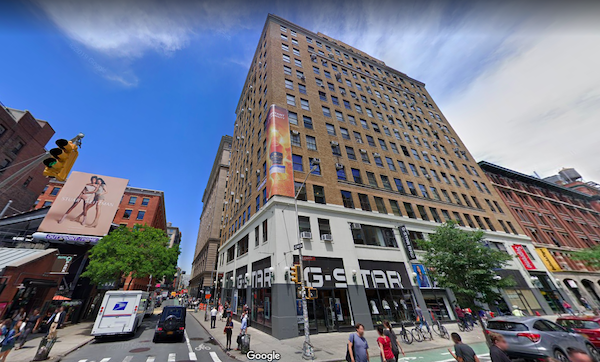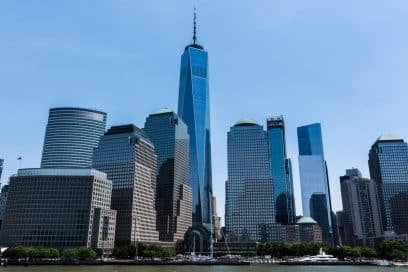Walking down Fifth Avenue in New York, you’re in the heart of luxury shopping, where every high-end brand you know lines the streets. But, as revealed and confirmed in the latest report from Cushman & Wakefield, it isn’t just any shopping district; it’s once again the world’s most expensive retail destination, a position it has firmly held year after year.
In this article, we’ll explore the data even closer, adding context to Fifth Avenue’s prestige in the global retail market, strength and stability amid economic shifts, and how it compares to the rest of the country and the world’s retail real estate environment. It’s a story about more than just fancy storefronts; it’s about understanding the economic forces at play.
Factors Influencing Retail Rent Stability
Before we take a closer look at Fifth Avenue and the world’s most prestigious retail markets, let’s first break down the dynamics of consumer spending and interest rate hikes to understand better how they mold retail rents and market demand.
Consumer Spending Patterns
Consumer spending, a vital driver of retail markets, significantly impacts retail rents. Changes in spending patterns, often influenced by economic conditions and trends, can either bolster or dampen the demand for retail space. For instance, a surge in consumer spending typically leads to increased demand for retail locations, pushing rents upwards. Conversely, a decline in spending can result in lower demand and stabilized or reduced rents.
The Impact of Interest Rate Hikes
Interest rate hikes have a multifaceted impact on retail rents and consumer spending. Higher interest rates generally increase borrowing costs, leading to reduced investment and expansion by retailers, potentially stabilizing or lowering rent prices. For consumers, increased interest rates can mean higher loan and credit costs, leading to more cautious spending. This reduced expenditure can affect retail sales, subsequently impacting the demand and value of retail spaces.
The Prestige of Fifth Avenue
Now, let’s introduce the start of the show: Fifth Avenue. After maintaining its place as the world’s most expensive retail market, it remains a timeless icon of luxury and fashion.
Historical and Cultural Significance
Fifth Avenue in New York City is more than just a street; it symbolizes American luxury and success. Historically, Fifth Avenue has been synonymous with high fashion, luxury, and the upper echelons of society. From the stately mansions of the Gilded Age to the high-end boutiques and flagship stores of today, Fifth Avenue has always been the epitome of prestige, often referred to as the “Golden Mile of Shopping.” From Louis Vuitton and Tiffany & Co. to Gucci, Prada, Armani, Chanel, and Cartier, something’s different about the air here.
Current Rental Trends and Analysis
Despite global economic fluctuations and the post-pandemic ripple effects, Fifth Avenue recently retained its crown as the world’s most expensive retail destination despite its flat rental growth year-over-year! What’s interesting, though, is its rent rate stagnation, rather than indicating a decline, actually underscores the street’s enduring appeal and stability in an otherwise volatile market. With rents on Upper Fifth Avenue (49th to 60th Sts) hovering around $2,000 per square foot per year, the area remains an unrivaled retail hotspot, attracting a global clientele and maintaining its status as a prime retail haven.
How Fifth Avenue Compares to Global Retail Rents
New York’s Fifth Avenue stands as a benchmark in a world where retail rents are resiliently rising. However, other prime destinations worldwide are rapidly growing and coming for that top spot.
Resilience in the Face of Economic Challenges
The global retail rental market has demonstrated remarkable resilience in the face of economic headwinds. Despite the challenges posed by aggressive interest rate hikes and economic slowdowns, prime retail destinations have continued to exhibit stability and even growth. Global prime retail destinations have steadily recovered, with an average increase of 4.8% in local currency terms over the last year. The most significant growth occurred in the Asia Pacific region, averaging 5.9%. The Americas followed with a 5.2% increase, while Europe saw a 4.2% rise in retail rents. However, globally, nearly 60% of retail markets still have rents below pre-pandemic levels, with Europe showing 70% of its markets below these levels. In contrast, the U.S. paints a different picture, with only 31% of markets below pre-pandemic rents and 69% above.
Comparing Top Retail Locations Worldwide
While New York’s Fifth Avenue continues to lead as the world’s most expensive retail destination, other cities are shooting up the rankings and nipping on its heels. Milan’s Via Montenapoleone, now in second place, has shown a significant 20% year-over-year rental growth, reaching $1,766 per square foot. Hong Kong’s Tsim Sha Tsui, now third, has rents at $1,493 per square foot with a 4% annual increase. London’s New Bond Street and Paris’s Avenues des Champs-Élysées, holding fourth and fifth positions, respectively, have maintained their rental values despite economic pressures. Istanbul’s Istiklal Street experienced the most dramatic rise, jumping from 31st to 20th position, as Turkey’s inflation, which at one point exceeded 80%, more than doubled its rents.
A Closer Look at The American Retail Rent Market
Let’s now take a closer look at the U.S. retail rent market, which, after hitting unprecedented highs in 2022, held steady in 2023. The trends dictating the market are solid occupancy rates, limited supply, and a significant shift towards smaller retail space footprints.
Record Highs in U.S. Retail Rents
The U.S. retail rent market has reached record highs, driven by several key factors. One significant contributor is the robust occupancy rates across the country. Another critical element is the limited new supply of retail spaces, which has created a tight market. In 2022, the U.S. retail sector experienced nearly 75 million square feet of positive net absorption, the highest since 2017, pushing net asking rents up by 4.1% – the fastest increase in over a decade. This surge led to an average rent of $24 per square foot by the end of the year. A 15-year low availability rate of 4.9% further underscores this resilience. If we look more closely at New York City’s retail market, available retail space declined or held steady in nine of 11 Manhattan submarkets as of Q3 2023.
The Shift in Lease Footprints
There has been a noticeable trend towards smaller retail spaces in the U.S. The average lease footprint is now around 3,000 square feet, near an all-time low. The share of leases smaller than 5K SF is also higher than average, surpassing 50% during the first three quarters of 2023.
The growth of quick-service brands and cellular retailers, who prefer smaller spaces, largely drives this shift. For example, brands like Starbucks, Crumbl Cookies, T-Mobile, and AT&T have been active in leasing these smaller spaces. This trend towards smaller footprints is most prominent in rapidly growing markets like Las Vegas, Phoenix, and Dallas, reflecting a strategic adaptation to evolving consumer preferences and market conditions.
The Global Picture: Prime Retail Destinations
With global prime rents surging by 7.9% year-to-date, let’s look closer at the bigger picture.
Growth in Key Cities
Globally, key cities have displayed varied but significant rental growth in their prime retail destinations. Sydney leads the pack with an impressive annual growth rate, which jumped from 13.1% in Q2 to 18.3% in Q3 2023. Despite experiencing a quarterly dip, both Singapore and New York have shown strong annual rental trends. New York, a consistent leader in the prime retail market, maintains high rental values, evidencing the enduring demand for premium retail spaces in these global cities.
Affordability Limits in Prime Rents
In major cities like New York and Singapore, prime retail markets are nearing their affordability limits. With rental values on the rise, questions about sustainability are emerging. It’s a balancing act: high demand and limited supply on one side, and what retailers and consumers can reasonably afford on the other. This delicate yet crucial balance will play a significant role in shaping the future of prime retail real estate in such cities.
Future Outlook
Where do we go from here? Global retail rents will surely evolve, influenced by consumer behavior and economic changes shaping future trends.
- Evolving Consumer Behaviors: Changes in how consumers shop and what they value will impact retail trends.
- Economic Policies: Shifts in global and local economic policies will play a significant role.
- Digital Shopping Trends: The ongoing move towards online shopping and unified commerce will continue to affect physical retail spaces.
- Growth in Prime Locations: Expect sustained growth in retail rents in prime locations, driven by strong economic recovery and consumer spending.
- Moderating Factors: Inflation, changes in interest rates, and global economic stability could slow down rent growth.
- Smaller Retail Spaces: A trend towards smaller, more experiential retail spaces is emerging, shaping the retail landscape.
Final Words on Fifth Avenue
Prime retail locations like New York’s Fifth Avenue have shown an extraordinary ability to weather economic storms. Globally, from the bustling streets of Sydney to the historic avenues of Paris, retail rents have risen despite challenges like interest rate hikes and shifting consumer behaviors. The American retail market, in particular, has reached new heights with a focus on smaller, more versatile retail spaces.
Nothing compares to Fifth Avenue, though. A testament to this resilience and the enduring allure of luxury retail, Fifth Avenue remains the world’s capital of high-end shopping and cultural significance. It not only mirrors past achievements but also sets the tone for the future of global retail destinations. Looking ahead, Fifth Avenue will undoubtedly maintain its appeal and prestige, no matter which cities see faster rent growth and the overall economic climate.
